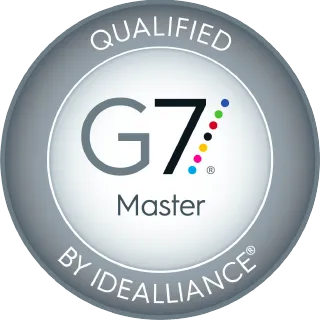Marketing has a lot of moving parts. When organizing a campaign, you’re considering what channels to use, the target audience, the frequency of messages, design, language of communication, and so much more. It’s a complex task to try to know how to:
- say the right thing
- to the right people
- at the right time
- in the right mode
That’s a lot of factors you have to try to get right.
In this blog we are going to focus on the language of communication or saying the right thing and using tying in some psychology to consider.
The study of the human mind and behaviors has grown with an increased focus. Though psychology has had the majority of new advances have occurred within the last 150 years, it originates in Ancient Greece about 400-500 B.C. (simplypsychology).
In the previous article we briefly mentioned a few effects but we will address them more here.
You know when a book or the end of a movie or television series ends with the biggest cliff hanger that leaves you waiting until the next one? J.K. Rowling always had me itching to start the next Harry Potter book in the series as soon as I had finished one. Good authors and movie or television producers are good at leaving loose ends to make you want more.
That's part of what the Zeigarnik Effect is. It's when information is left unfinished and makes you want to finish the puzzle.
A possible more applicable side of the this effect is that an interruption of an activity is easier to remember. We remember the tasks we weren't able to complete than the ones we finished. This is why pop-ups show up on the screen, or ads stop your show every few minutes.
Consider having incomplete information on the outside of you envelope, or scheduling advertisements in the middle of day, or to pop up on your website at an unusual time. You want it to be out of the normal routine or expected outcome enough to leave the audience wanting to solve the puzzle.
Have you ever seen something that looks obviously out of place? Like being the only one who did spirit day at work? The Van Restorff Effect is commonly used to show differentiation, or it's sometimes known as the "isolation effect". A common example of this is car commercials were every other competitor car or model is in black and the one they are wanting to showcase is in red.
However, this can also be used in language. If you put something out of place that doesn't belong there, it catches the reader off guard. A good example of using a play on words, or a pun. I'd highly recommend looking into using a play on words, it catches attention and adds personality to the brand.
Another thing to consider when wording your marketing is the big picture. Many companies this year have emphasized where they stand in regards to social topics lately. The Noble Edge Effect is the desire to associate with positive causes that you identify with.
This is a common way to win over that younger age group like the younger Millennials and Gen Z. But this is a common effect that is useful with many audiences.
A lot of these examples are common tactics that have been discussed, but understanding WHY they are powerful to the human mind is important. If you know what kind of effect you want to create for your customers, then understanding how to word the language is much easier.
Consider these factors with the next marketing campaign you are building. Keep us in mind when you are looking to print out your signs, send out direct mail and add other channels to your marketing campaign.
Thanks for reading!






